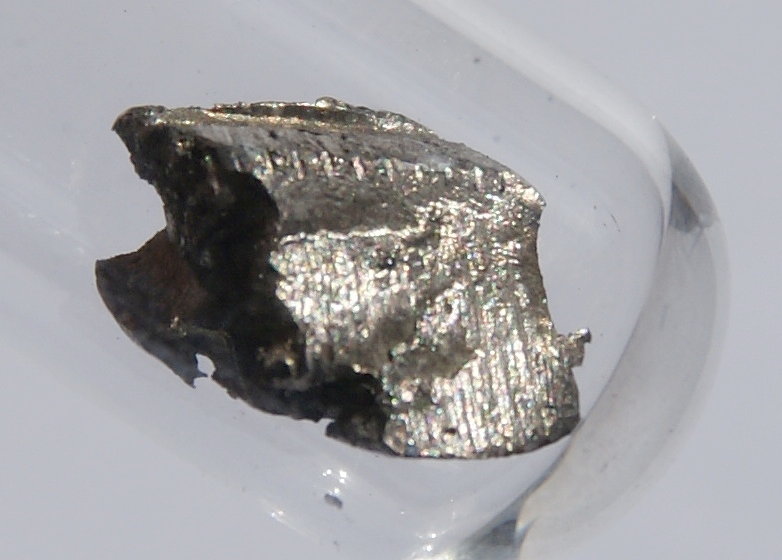

Although copernicium was only recently ‘discovered’, it is named after Nicolaus Copernicus, an influential 16th century astronomer. This image brings together a 17th century star chart, concentric rings inspired by the solar system, a silvery metallic form, and the ground plan of the heavy ion accelerator where the element was first created.
| Density | Unknown |
| Melting Point | Unknown |
| Boiling Point | Unknown |
At present, it is only used in research.
The first atoms of element 112 were announced by Sigurd Hofmann and produced at the Gesellschaft fur Schwerionenforschung (GSI) at Darmstadt, Germany, in 1996. Isotope-277 had been produced by bombarding lead for two weeks with zinc travelling at 30,000 km per second. Isotope-277 had a half-life of 0.24 milliseconds.
Since then, other isotopes of copernicium have been made. Isotope-285 was observed as part of the decay sequence of flerovium (element 114) produced at the Joint Institute for Nuclear Research (JINR) at Dubna, Russia, as was isotope-284 which was observed as part of the decay sequence of livermorium (element 116).